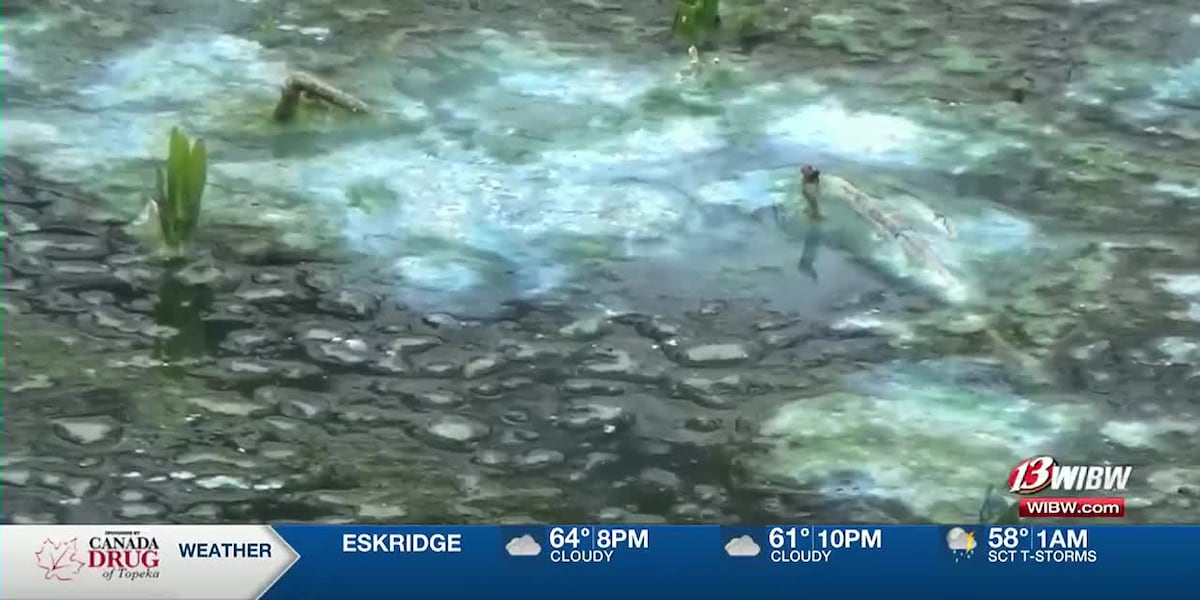Blue-Green Algae Alert: Kansas Lakes See Public Health Advisories - Stay Safe!

Kansas Lakes Under Blue-Green Algae Watch: What You Need to Know
The Kansas Department of Health and Environment (KDHE) and the Kansas Department of Wildlife and Parks (KDWP) have jointly issued public health advisories for several lakes across the state due to the presence of blue-green algae, also known as cyanobacteria. These advisories are in place to protect public health and ensure recreational safety.
What is Blue-Green Algae and Why is it a Concern?
Blue-green algae are naturally occurring bacteria that can rapidly multiply in warm, still water, particularly when nutrient levels are high. This rapid growth, often called an algal bloom, can produce toxins that are harmful to humans and animals. These toxins, called cyanotoxins, can cause a range of health problems.
Health Risks Associated with Exposure
Exposure to cyanotoxins can occur through several routes: drinking contaminated water, swimming in affected areas, or even inhaling aerosols containing the toxins. Symptoms of exposure can include:
- Skin irritation (rash, hives)
- Eye irritation
- Respiratory problems (coughing, wheezing)
- Nausea, vomiting, diarrhea
- Liver damage (in severe cases)
It’s especially important to keep pets away from affected water, as they are often more sensitive to cyanotoxins and may drink the water directly.
Which Kansas Lakes are Affected?
Currently, advisories are in effect for [Insert specific lake names here – *Note: Actual lake names would be included in a real advisory*]. The KDHE and KDWP are actively monitoring water conditions and will update the advisories as needed. You can find the most current list of affected lakes and advisories on the KDHE website: [Insert KDHE website link here].
What to Do if You Encounter a Bloom
- Avoid contact: Do not swim, wade, or boat in areas with visible blooms or discolored water.
- Keep pets away: Prevent pets from drinking or swimming in potentially contaminated water.
- Rinse off: If you have been in contact with potentially affected water, rinse thoroughly with clean water.
- Seek medical attention: If you experience any symptoms after exposure, consult a medical professional.
Preventing Algal Blooms
While naturally occurring, algal blooms can be exacerbated by nutrient pollution from sources like agricultural runoff and wastewater. Efforts to reduce nutrient pollution are crucial for long-term prevention.
Stay Informed
The KDHE and KDWP are committed to protecting public health and providing accurate information. Check their websites regularly for updates and advisories. Enjoy Kansas's beautiful lakes safely by staying informed and taking precautions.






